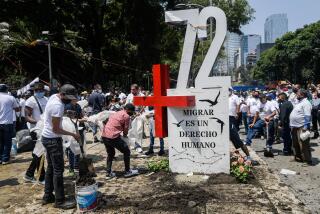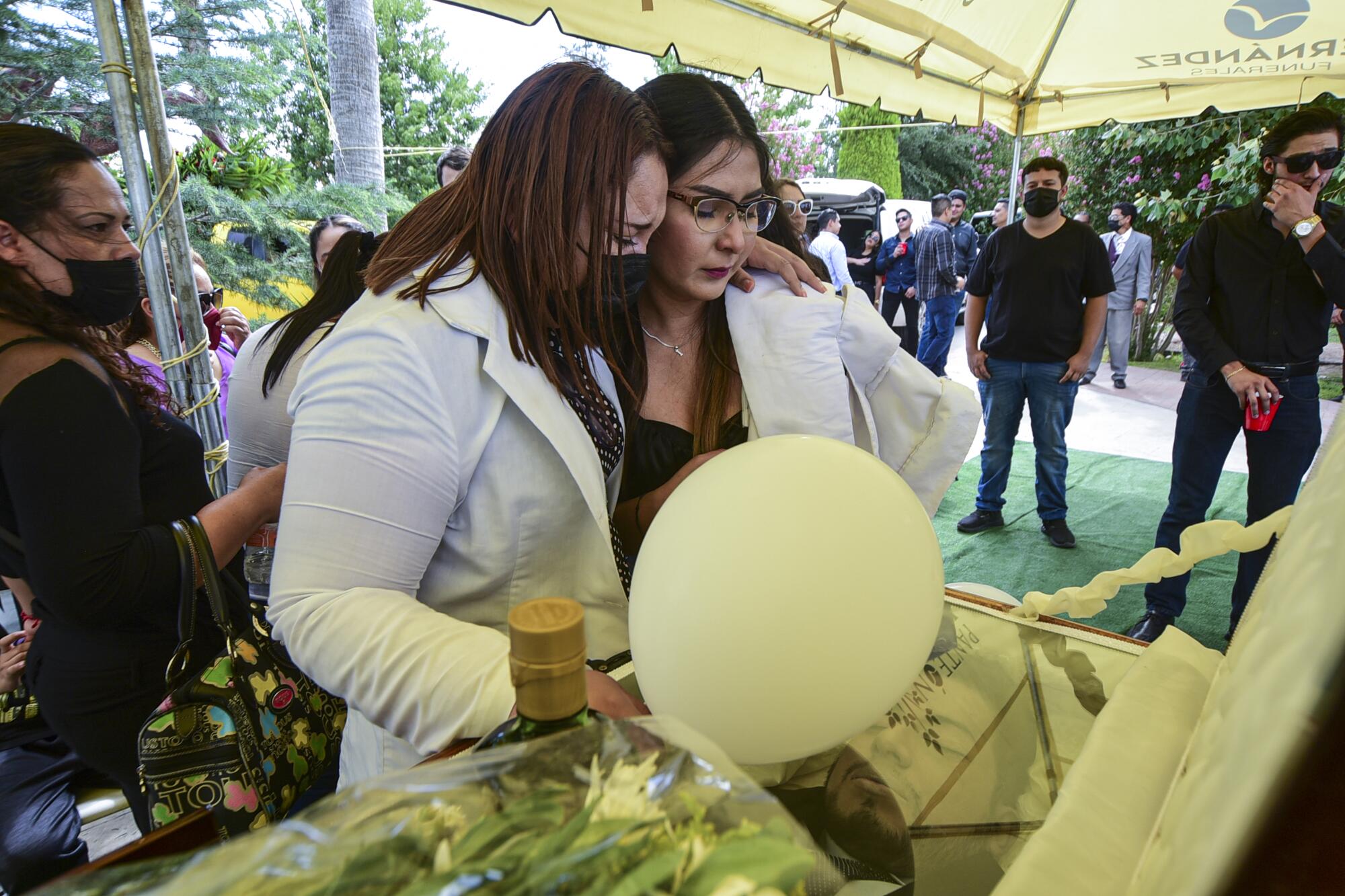
- Share via
DURANGO, Mexico — Leer en español
When Alfredo Cortes arrived at a tiny clinic for his year of community service required of all medical students in Mexico, he found that he had no cellphone or internet access — only a radio.
He lived alone at the clinic, a simple dwelling in a rural community of Michoacan state where police were a rare sight. In the early hours of a spring morning in 2020, he was roused from sleep by growling trucks and pounding on the front door.
Several armed men ordered Cortes to leave with them. When he refused, one truck sped away and quickly returned with a man bleeding heavily from his belly. He had been shot.
As Cortes got to work, one of the men trained a gun on him and shouted, “Save him!”
The patient needed surgery, but the clinic lacked basic supplies, so all Cortes could do was bandage the wound and warn that if the man didn’t receive treatment elsewhere he would die.
“They’re pointing their guns, they’re shouting, there are people communicating by radio, and you don’t know with whom,” recalled Cortes, now 26, who learned later that the man had lived. “It’s a very tense situation.”
Such stories are common among Mexico’s medical students these days.

Mandatory service has long been part of the government’s effort to improve healthcare in isolated communities. But as drug cartels and other criminal groups have increased their footprint across the country, it has become an increasingly dangerous rite of passage.
The shooting death of a medical student last week inside the hospital where he worked in the mountains of Durango state sparked protests by medical students across the country. Some marched in white lab coats and carried signs that said, “We’re not your cheap labor” and “No more community service, they’re killing us.”
Killings of students appear to be rare, but university officials, acknowledging widespread complaints about the program, have started to say that it has become unsafe.
“This scheme is a total anachronism and should be changed,” said Dr. Luis Carlos Hinojos, the director of the medical school at the Autonomous University of Chihuahua.
He said the university has tried to place more students in safer urban locations and relocate those deemed to be in danger. After a doctor was shot and killed this month in the municipality of Bocoyna, which has seen clashes between cartels, six students set to start work there were reassigned.
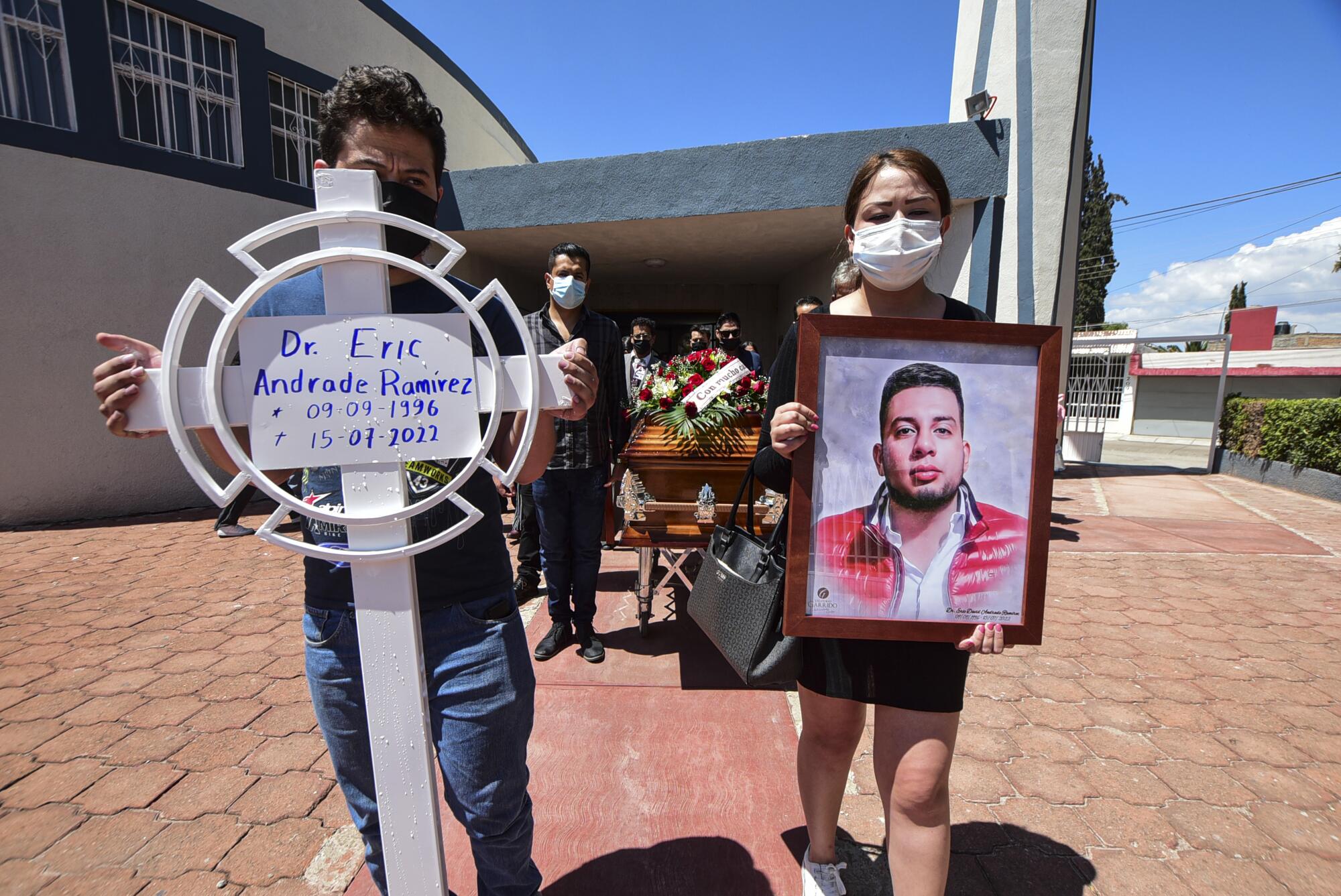
The government defends the program, which dates to 1936 and graduates about 18,000 students each year. Mexican Health Secretary Jorge Alcocer told reporters this week that officials would be reviewing security conditions but that the community service is an “academic requirement that, in principle, cannot be canceled.”
“It’s not advisable to suspend that process of formation that’s so important for doctors,” he said. “We can’t set aside the most far-away placements that don’t have conditions that are completely safe.”
Moreover, the program has been a crucial source of medical care in rural areas. For every 10,000 people, Mexico has 24 doctors — not far behind the U.S. figure of 26 — but they are heavily concentrated in cities.
In May, President Andrés Manuel López Obrador announced that the country would fill the gaps by contracting Cuban doctors, prompting criticism that the real problem was security.
Medical school in Mexico starts right after high school and usually lasts six or seven years, the last of which is spent doing community service, which can entail conducting research or working in clinics. Typically, the government determines what slots are available and leaves it to the schools to fill them.
Students with the best grades get the first pick of assignments, so those with lower averages tend to get the most dangerous jobs. They sometimes work without supervision or outside contact and live alone at the clinics — problems that students and university officials say have long been recognized but not adequately addressed.
Locals tend to view the students as full-fledged doctors — and that leads to situations in which the newcomers can incur wrath of the community when a patient can’t be saved.
“They won’t say the clinic doesn’t have the resources, the clinic doesn’t have an ambulance, the roads aren’t accessible, the routes aren’t easy,” said Cinthya Flores, president of a national association that represents medical students. “It’ll be the doctor’s fault.”
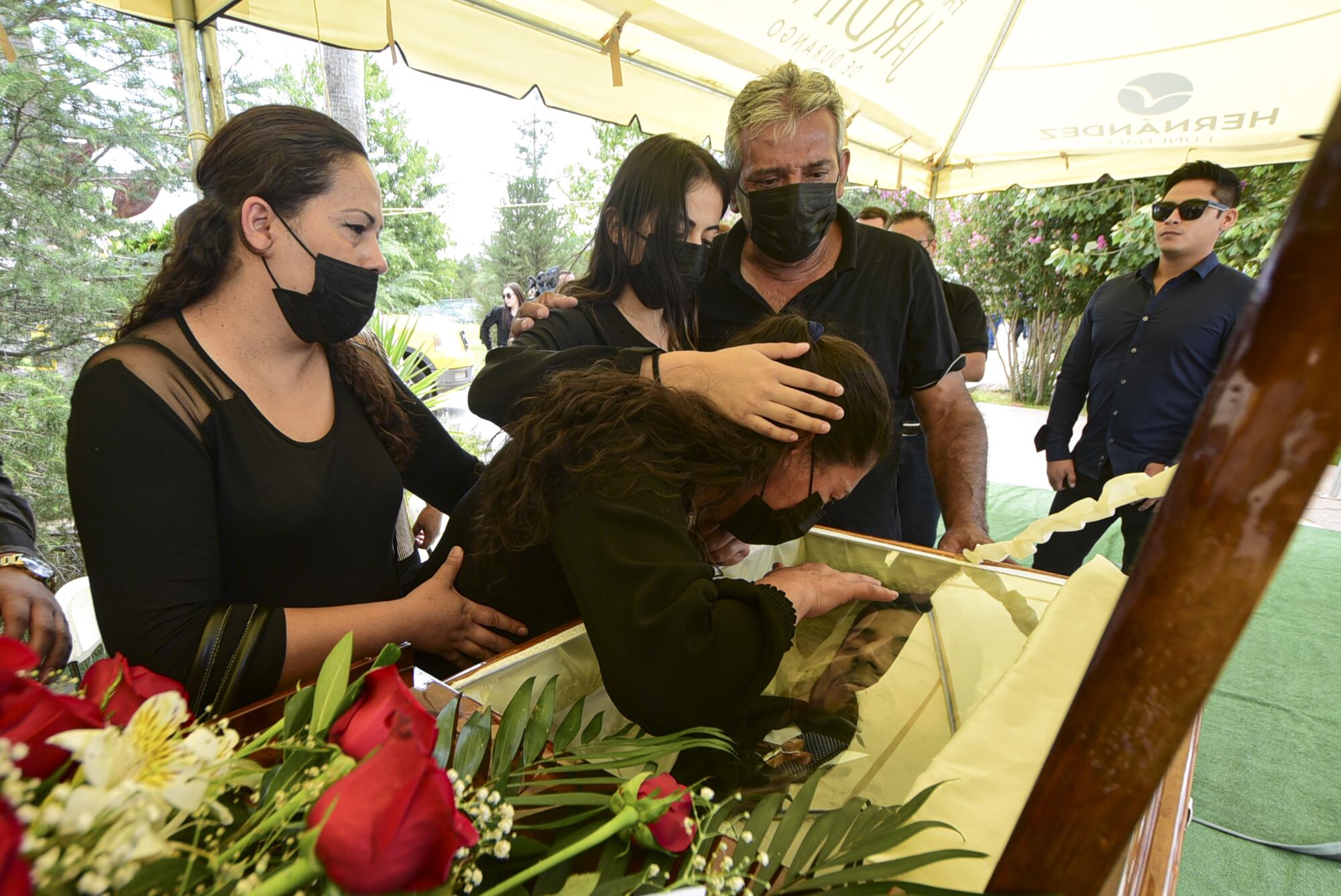
Dr. Jorge Valdez Garcia, president of the Mexican Assn. of Medical Schools, said that sometimes universities aren’t given enough time to choose their placements carefully and that conditions can change rapidly, such as when a cartel arrives in a community.
“That’s happened many times,” he said. “No one has the intention to send them to unsafe areas.”
In interviews, more than two dozen current and former students described harrowing experiences that included navigating cartel checkpoints to get to their clinic, delivering medical care at gunpoint and working in places where criminals leave severed heads in the street.
“We were always worried for our security,” said Adonai Esparza, 28, who did his service in 2019 at a rural clinic in northern Michoacan, which has seen violence related to the avocado trade, which has been infiltrated by cartels.
One night, a teenager arrived with a knife injury on his hand. Esparza began to treat him when he heard several cars arrive.
The boy’s father, a drug boss in the area, entered with two armed men. He asked about his son and on his way out told Esparza, “Don’t worry, you’ll be watched and protected.”
“After that, I felt a bit strange,” said Esparza. “I realized I had security but not the security that I had expected.”

Hilary López, 27, who did her service in 2020 in the southern state of Quintana Roo, quickly learned to give priority to certain patients: those who a nurse told her were relatives of drug traffickers.
In one incident, a man who arrived after midnight insisted that she examine an older woman who had fallen in her home and was still there. When López explained she couldn’t leave the clinic with a stranger, he returned 15 minutes later with a gun.
“Doctor, are you going to come out or are you not going to come out?” he told her.
López called the nurse, who calmed the man down and persuaded him to stop threatening López, who said that the scare prompted her to ask health officials for more security but that nothing changed.
She happened to be out of town when armed men from the community surrounded the clinic and threatened to set it on fire after one of her patients died from COVID-19. The nurse warned her not to return, and López found a new placement and changed her telephone number.
“I disappeared from the map,” she said.
Such close calls seldom make headlines. Killings of medical students are a different story, with two recent cases pushing the issue into public view.
The first victim was Luis Fernando Montes de Oca Armas, 23, who was finishing his service at a hospital in Huejuquilla El Alto, Jalisco state, in June 2021 when he left to accompany a patient in an ambulance to the neighboring state of Zacatecas.
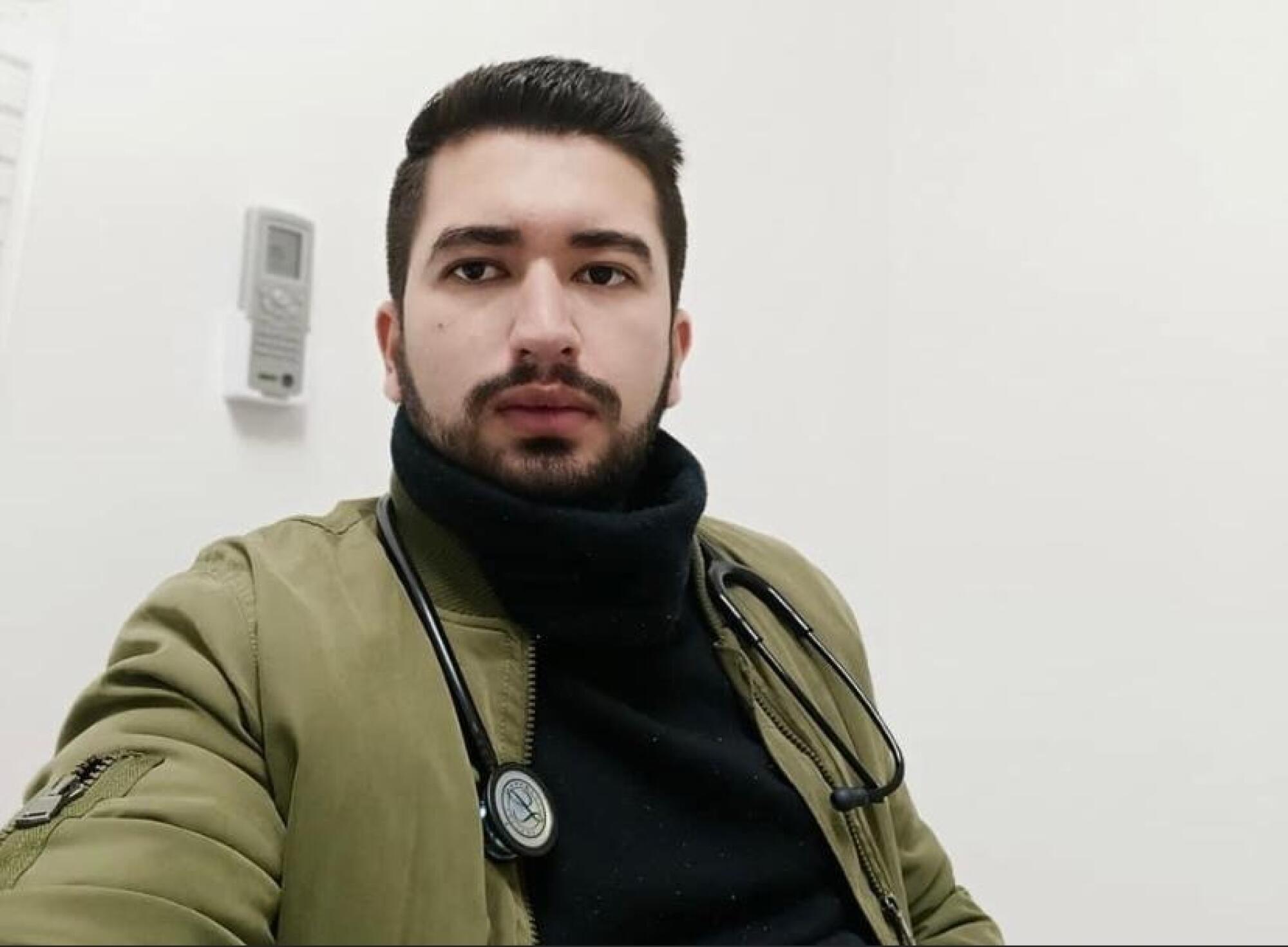
On his way back, he sent a disturbing voice message to his father.
“There’s a truck here,” he said. “They’re probably going to kidnap us or something, I don’t know.”
His father called his son-in-law, Juan Carlos Galaviz, who discovered the bullet-ridden bodies of Montes de Oca and the ambulance driver along a highway next to the abandoned vehicle.
Then last Friday evening, several men arrived at the rural Durango hospital where Eric Andrade Ramirez was working. They appeared to be under the influence of drugs.
The details of what happened next are unclear, but at one point, at least one of them pulled out a gun.

Andrade, 25, was killed, just days before he would have finished his service in El Salto, a logging town about an hour-and-a-half drive from his home in the city of Durango.
After the killing, some medical students in Durango deserted their placements and vowed not to return.
“How is it possible that we’re giving a health service to take care of others but no one protects us?” asked Daniel Ramirez, 27, a classmate who decided to leave his assignment in a Durango town where he said drug traffickers colluded with the police.
Dr. Martin Gerardo Soriano Sariñana, the rector of the Autonomous University of Durango, where Andrade had been a student, said about 180 students will be reassigned placements. He pledged to develop “community service programs for our students that don’t put their safety at risk.”
At Andrade’s funeral on Sunday afternoon, classmates wearing white lab coats cried quietly as they watched his casket being lowered into a grave while a 13-person orchestra played. Friends described him as a charismatic person who loved norteño music and threw parties.
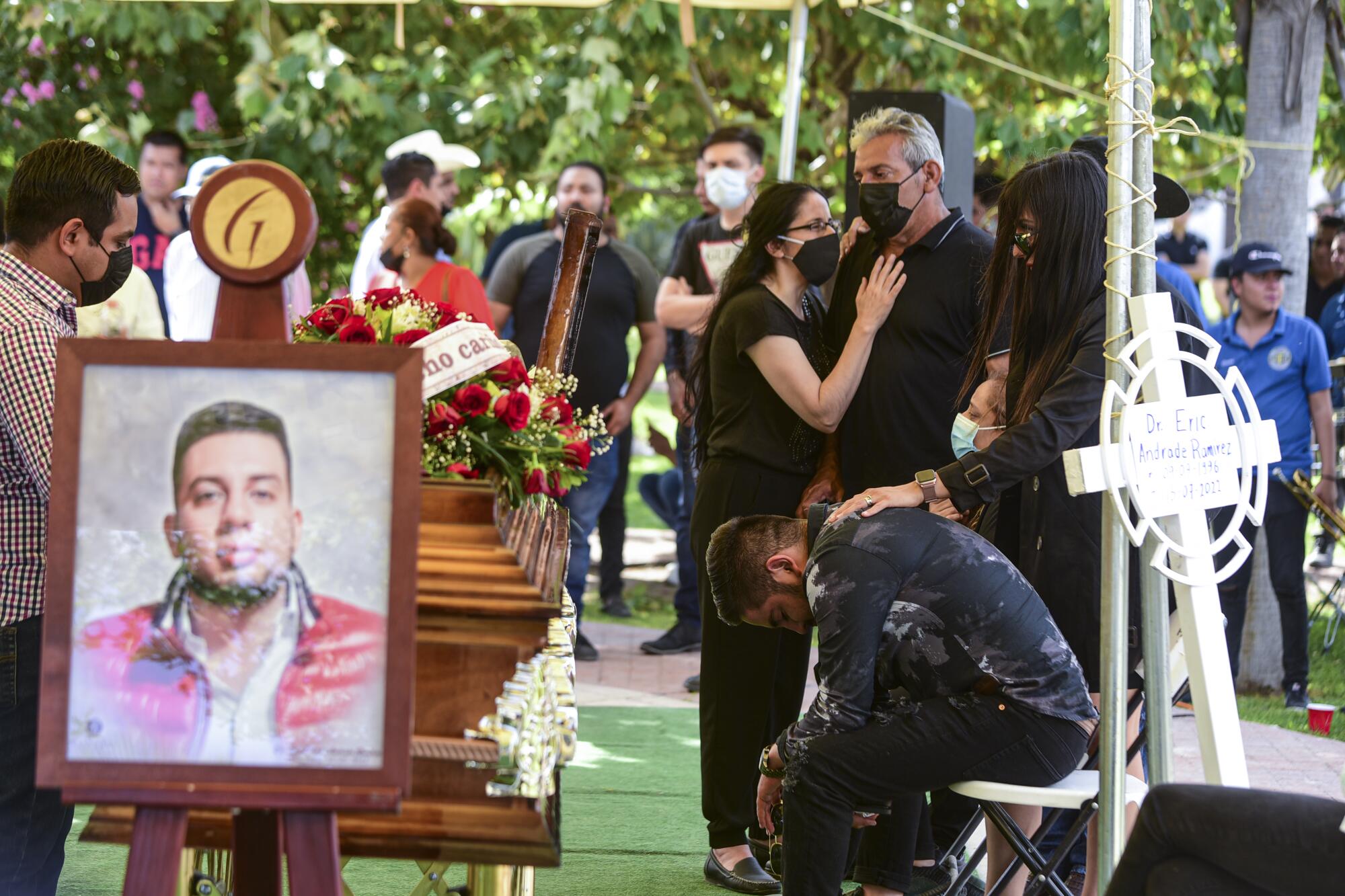
His brother, Luis, 29, said Andrade had spent his final year in a state of unease as armed men would show up demanding to be seen.
“He lived with fear,” Luis said. “He didn’t want to be doing the service.”
Their sister, Suhey, 24, the youngest of the three siblings and a medical student herself, is scheduled to start her community service on Aug. 1 in a town on the outskirts of the city of Durango. She is reconsidering.
“Right now I have a hatred toward medicine,” she said.
The hospital where her brother died, a dilapidated one-story white building, is now closed. In the lobby, a bouquet of flowers and candles lie on the floor next to a large patch of dried blood.
More to Read
Sign up for Essential California
The most important California stories and recommendations in your inbox every morning.
You may occasionally receive promotional content from the Los Angeles Times.


